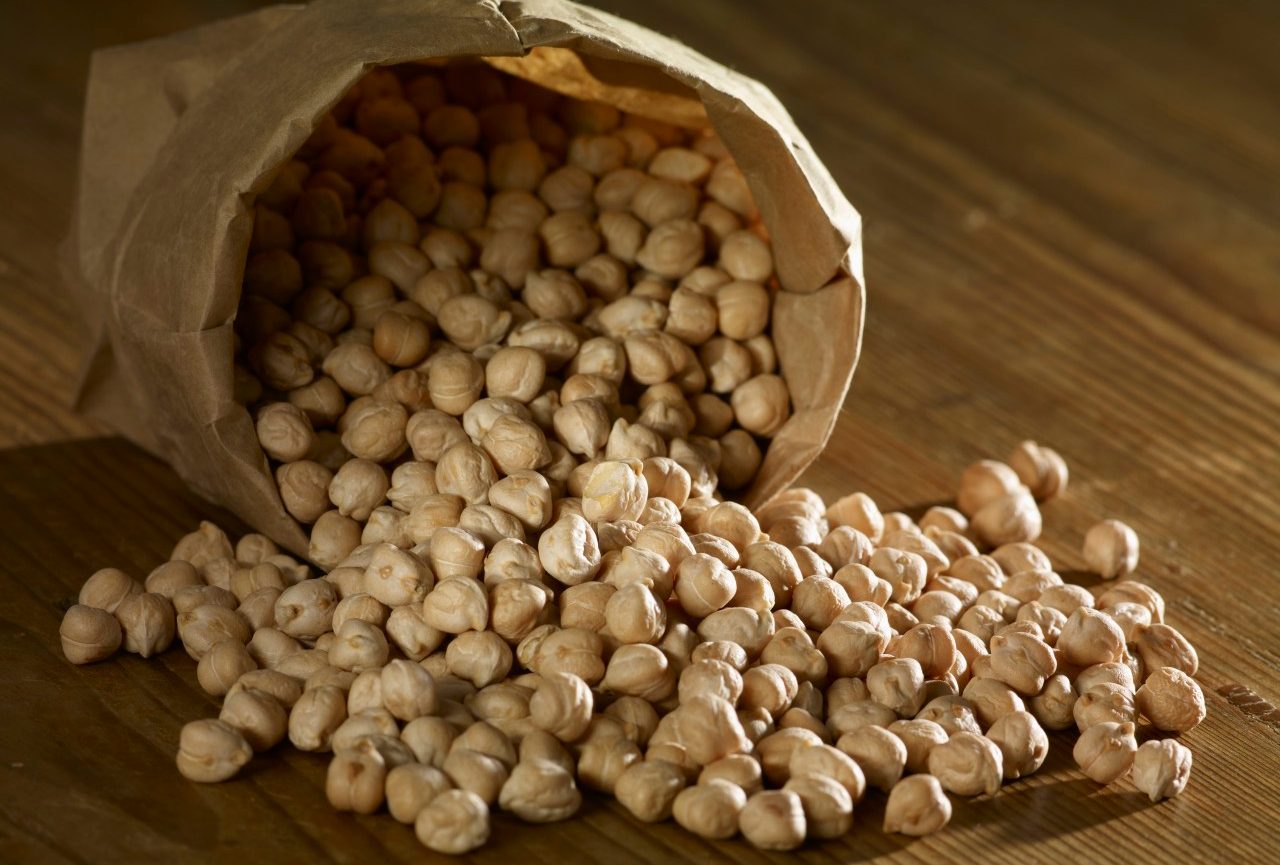Healthy Snacks for During and After School

A snack can prevent kids from getting cranky, and it might make up for nutritional shortfalls. They don’t need to stop snacking — they just need to snack smarter.
Snacking has gotten a bad reputation, but it doesn’t have to be a dietary villain. A bite between meals can prevent kids from getting cranky — being “hangry” is real — and it might make up for nutritional shortfalls. The issue isn’t whether children snack, but how well they eat when they do snack.
Healthy snacking may help the overall diet quality of younger children. But in teens, who don’t always make the best food choices, snacking worsens diet quality while increasing daily calories.
“Snacks can be beneficial to children’s diets when made up of the right foods. But we do need to be aware that snacks do positively contribute to energy intake in children,” said E. Whitney Evans, PhD, and assistant professor at The Warren Alpert Medical School of Brown University.
YOU MIGHT ALSO LIKE: How to Find a Healthy Lunch at School
Parents should point their children in the direction of snacks that are rich in nutrients and light in calories. Real foods like whole grains, fresh fruits and vegetables, nuts, and cheese are much better choices than processed snack chips and cookies. Be wary of foods that seem healthy, but aren’t — like granola bars and cereals, which are often high in sugar.
Protein is also a plus in kids’ snacks. Research shows that a high-protein snack can stop teens from making poor food choices.
“When kids eat high-protein snacks in the afternoon, they are less likely to eat unhealthy snacks later in the day, which is particularly important for kids who want to prevent unhealthy weight gain,” said Heather Leidy, PhD, an associate professor of nutrition and physiology at the University of Texas at Austin.
At school, rules can help encourage kids to snack smarter. The government’s nutritional standards require schools to serve healthier foods in both the cafeteria and snack bar. That means schools have replaced cookies, candy, and other junk food with more nutrient-dense foods like peanuts, fruit cups, and light popcorn.
At home, parents can stock the pantry and fridge with high-fiber, high-protein foods to encourage healthier snacking. Instead of opening a box or bag at snack time, get kids involved in making their own snacks.
Here are a few healthy recipes to get you started.
Cocoa, almond, and oat clusters
Every bit as satisfying as a granola bar, these nutrient-dense cookies are packed with whole grains but are much lower in sugar.
Ingredients:
- 2 cups rolled oats
- ¼ cup fat-free milk
- 4 tablespoons yogurt spread (also can use vegetable oil spread)
- 1/3 cup brown sugar
- 2 tablespoons unsweetened cocoa powder
- ¼ cup smooth, unsalted almond butter (or other nut or soy butter)
- ½ teaspoon vanilla extract
- 1/3 cup raisins
- Line a baking sheet with wax paper and set aside.
- Place oats into a large bowl.
- In a medium saucepan, heat milk and yogurt spread over medium heat.
- When the spread is melted, whisk in brown sugar and cocoa powder.
- Keep stirring while you bring the mixture to a boil.
- Turn down the heat and continue cooking the sauce for one minute.
- Remove the pan from the heat and stir in almond butter, vanilla extract, and raisins.
- Immediately pour the sauce over the rolled oats and stir well until oats are completely covered in sauce.
- Place rounded tablespoon-size scoops of the mixture onto a prepared baking sheet.
- Allow clusters to set for 15 minutes before serving.
Skinny peanut butter yogurt dip
The beauty of this recipe lies in its simplicity — only two ingredients. Yet those ingredients, Greek yogurt and peanut butter, are rich in protein and low in sugar.
Ingredients:
- ½ cup Greek yogurt, fat free, plain
- ¼ cup natural peanut butter, crunchy recommended
- Combine all the ingredients in a small bowl and refrigerate until ready to eat.
- Serve with your favorite fruit or veggie.
Roasted chickpeas
Instead of giving your kids potato chips or pretzels, which have almost no nutrition, substitute protein- and fiber-filled chickpeas. Roasting gives them the feel of a tasty snack food, with a healthy twist.
Ingredients:
- 1 drained, canned of chickpeas (Garbanzo beans)
- 1 tablespoon olive oil
- 1/8 tsp salt
- 1 tsp garlic powder
- Optional: Parmesan cheese
- Preheat oven to 400 degrees. Pat chickpeas dry with a paper towel.
- Arrange on a baking sheet in a single layer and roast for about 30 to 35 minutes, shaking the pan every 10 minutes. All ovens are different, so make sure they don't burn. They will be golden brown and crunchy on the inside when done, not moist.
- In a medium bowl, combine the spices. Remove the chickpeas from the oven when done and spray them with cooking spray. Immediately toss with spices while hot. Serve when they have cooled.
Updated:
January 24, 2023
Reviewed By:
Christopher Nystuen, MD, MBA